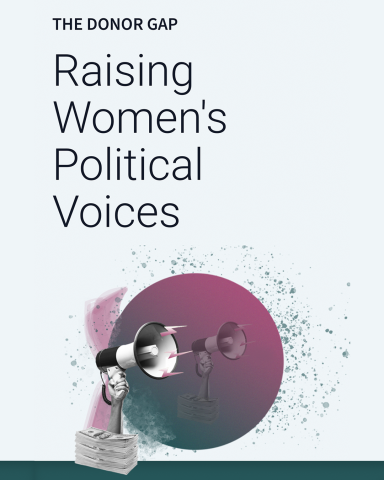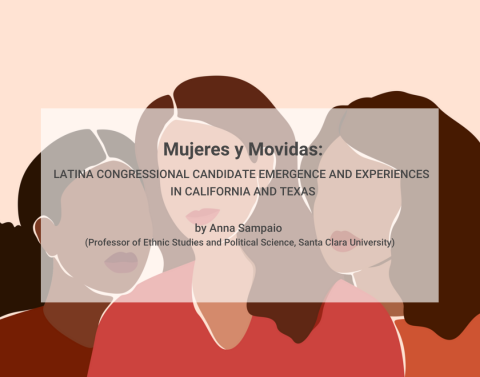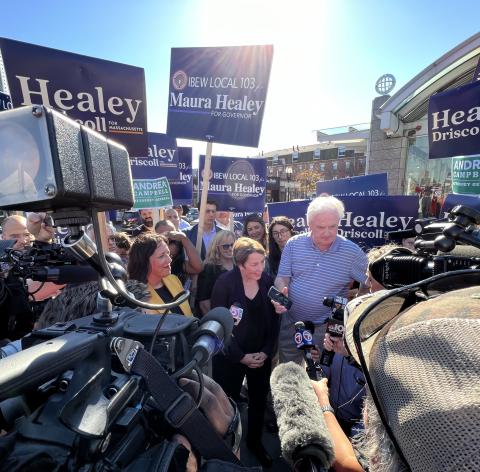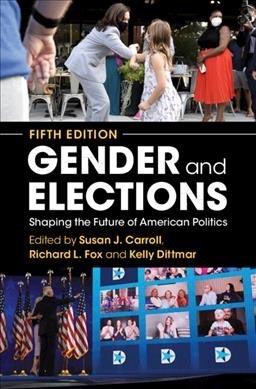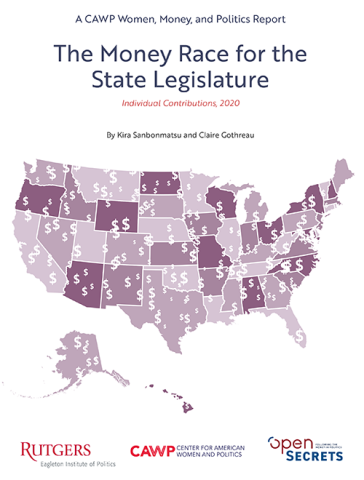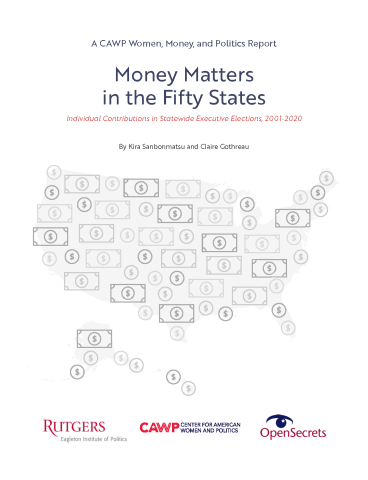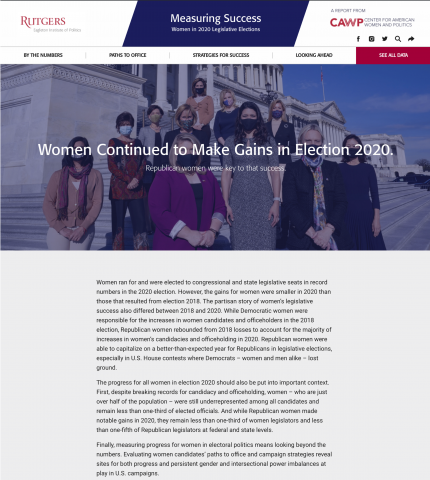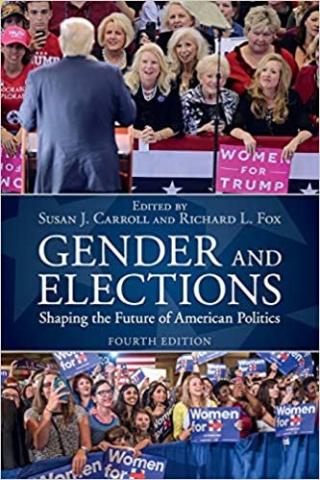Women in Election 2024: Stalled Progress
by Kelly Dittmar, Ph.D.
ReportResearchCAWP ScholarElection WatchCandidates and CampaignsPolitical PartiesGender and Race/EthnicityCongressStatewide ExecutiveState LegislatureThe Donor Gap
by Kira Sanbonmatsu, Ph.D.
ReportCAWP Women, Money, and Politics SeriesResearchCandidates and CampaignsPolitical PartiesGender and Race/EthnicityStatewide ExecutiveState LegislatureMujeres y Movidas: Latina Congressional Candidate Emergence and Experiences in California and Texas
by Anna Sampaio (Professor of Ethnic Studies and Political Science, Santa Clara University, CAWP Research Grantee)
ReportResearchCandidates and CampaignsPolitical PartiesGender and Race/EthnicityElective OfficeCongressWomen in Election 2022: Marking Midterm Progress
by Kelly Dittmar, Ph.D.
ReportResearchCAWP ScholarCandidates and CampaignsPolitical PartiesGender and Race/EthnicityElective OfficeCongressStatewide ExecutiveState LegislatureGender and Elections: Shaping the Future of American Politics, 5th Edition
BookResearchCAWP ScholarCandidates and CampaignsPolitical PartiesFederal ExecutiveCongressStatewide ExecutiveState LegislatureThe Money Race for the State Legislature
by Kira Sanbonmatsu and Claire Gothreau
ReportCAWP Women, Money, and Politics SeriesResearchCandidates and CampaignsPolitical PartiesState LegislatureMoney Matters in the Fifty States
by Kira Sanbonmatsu and Claire Gothreau
ReportCAWP Women, Money, and Politics SeriesResearchCandidates and CampaignsPolitical PartiesStatewide ExecutiveMeasuring Success: Women in 2020 Legislative Elections
by Kelly Dittmar
ReportResearchPolitical PartiesCandidates and CampaignsCandidate RecruitmentGender and Race/EthnicityState LegislatureCongressGender and Elections: Shaping the Future of American Politics, 4th Edition
Eds. Susan J. Carroll, CAWP, Rutgers University and Richard L. Fox, Loyola Marymount University
Cambridge University Press, 2018 Fourth Edition, 319 pagesBookResearchCAWP ScholarCandidates and CampaignsPolitical PartiesWomen Voters and the Gender GapGender and Race/EthnicityFederal ExecutiveCongressStatewide ExecutiveState LegislatureWomen Running in 2017: Assessing NJ and VA State Legislative Elections
by Kelly Dittmar, Ph.D.
Fact SheetResearchCAWP ScholarA Closer LookPolitical PartiesCandidates and CampaignsState Legislature
Political Parties
Addressing varied aspects of women’s engagement with political parties as candidates, officeholders and voters.



